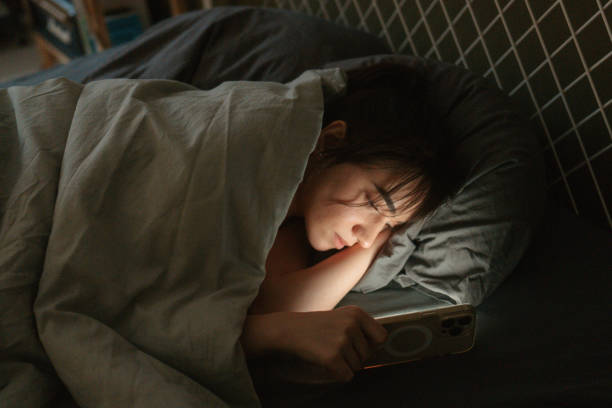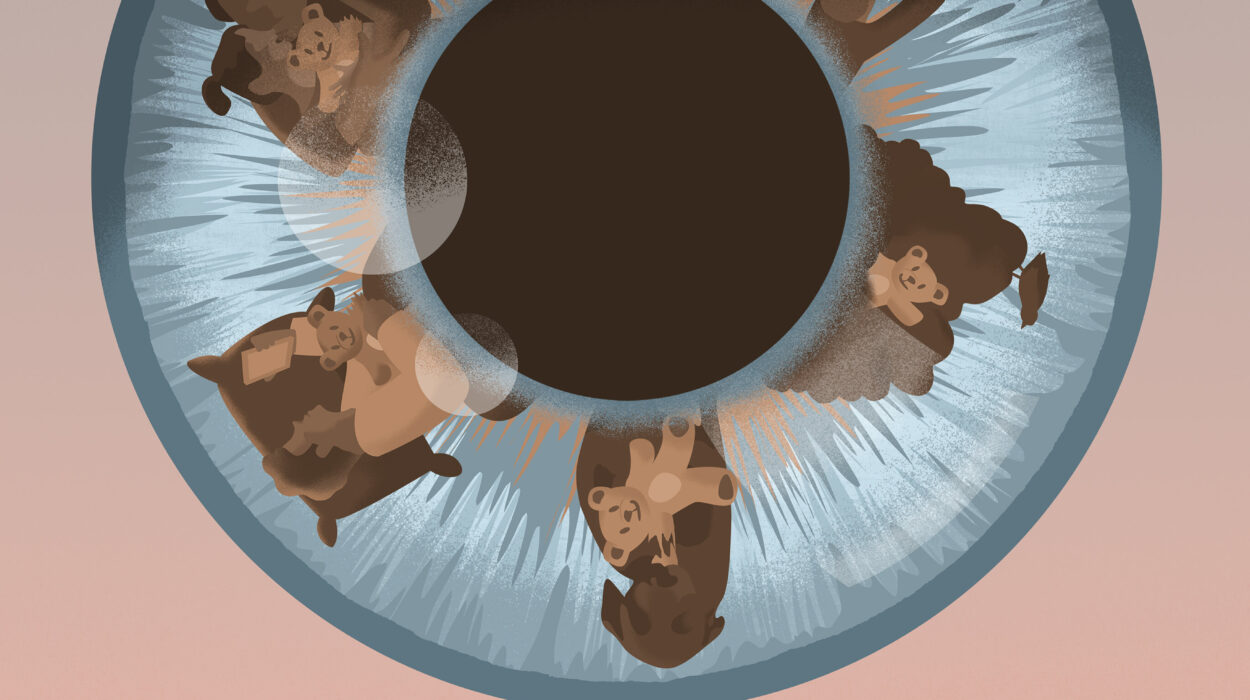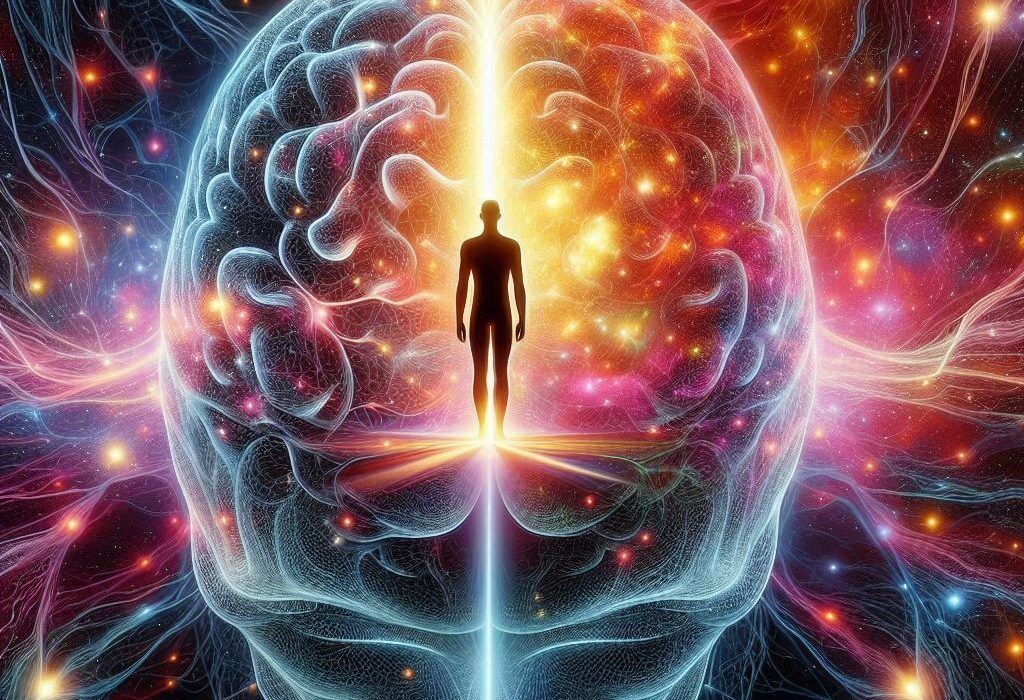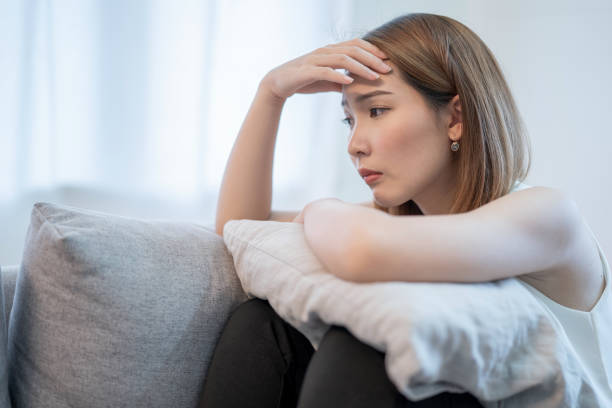Many young adults proudly call themselves “night owls.” They thrive after dark, feeling most alive when others are winding down for bed. But new research is shedding light on an uncomfortable truth: this natural preference for late nights might be quietly increasing the risk of technology-related struggles, particularly with smartphones and social media.
A groundbreaking study from the University of Portsmouth, in collaboration with the University of Surrey, has found that young adult night owls are significantly more prone to problematic smartphone use and social media addiction. This isn’t simply about the number of hours spent scrolling late into the night—it’s about the deeper emotional forces at play. Loneliness and anxiety, the researchers found, serve as the invisible bridge linking eveningness with unhealthy technology habits.
More Than Just Screen Time
For years, experts have warned about the impact of excessive screen use on sleep, concentration, and mental health. But the new study, published in PLOS One, moves beyond surface-level observations. Instead of asking how much time young people spend online, it asks why certain individuals are drawn into compulsive use in the first place.
The answer lies in a subtle but powerful cycle. Night owls, by their very nature, are out of sync with society’s standard rhythms. When friends, classes, or family routines operate on earlier schedules, those who feel most awake at night can easily fall into patterns of social isolation. This misalignment can trigger feelings of loneliness and heighten anxiety—two emotional states strongly associated with addictive behaviors.
Faced with this discomfort, many young people turn to their smartphones and social media feeds as a form of self-soothing. At first, these digital spaces offer distraction, companionship, or even a fleeting sense of connection. But over time, reliance on technology can deepen distress rather than relieve it. The phone becomes both comforter and tormentor, creating a cycle that is hard to break.
The Evidence Behind the Concern
To better understand this cycle, researchers surveyed 407 young adults aged 18 to 25, assessing their sleep-wake preferences, emotional well-being, and technology use through validated psychological measures. Nearly 40% of U.K. students already show signs of social media addiction, with young women at particularly high risk. The findings confirmed what many suspected: evening types are disproportionately vulnerable to compulsive smartphone and social media behaviors.
Dr. Anna-Stiina Wallinheimo from the University of Portsmouth explains the dynamic succinctly:
“Young adults who are naturally more active in the evening often find themselves socially out of sync, which may lead to feelings of loneliness and anxiety. Many then turn to smartphones and social media to cope, but unfortunately, these tools can make things worse, not better.”
This highlights a crucial point: problematic use is not about weakness or lack of discipline. Instead, it reflects deeper emotional needs that remain unmet in other areas of life.
Why Loneliness Hits Night Owls Harder
Loneliness is not a trivial matter. It is increasingly recognized as a major public health concern, with risks comparable to smoking or obesity. For young adults—especially students navigating transitions, pressures, and uncertainties—it can be particularly damaging.
Night owls are especially susceptible because their preferred rhythms often place them outside mainstream social activities. While others bond over daytime routines, evening types may feel isolated, awake when the world feels asleep. The quiet of late hours can intensify feelings of being left out, and in that silence, the phone becomes an easy companion. Yet scrolling through curated posts and idealized lives on social media can worsen the sense of exclusion, feeding a loop of comparison, anxiety, and further isolation.
Beyond “Just Put Your Phone Down”
It is tempting to respond to these findings with a familiar piece of advice: “Spend less time on your phone.” But as Dr. Simon Evans from the University of Surrey emphasizes, this misses the point. Telling young people to simply disconnect doesn’t address the underlying drivers of their technology use.
Instead, the focus should shift to helping them manage the feelings that fuel their habits. This could mean providing resources for dealing with loneliness and anxiety, particularly in the late evening hours when support networks and services are less available. Practical strategies—such as fostering real-world social connections, practicing mindfulness, or creating healthier nighttime routines—may help reduce the urge to seek comfort through endless scrolling.
The Wider Mental Health Context
This research arrives at a time when youth mental health is already under immense strain. Rates of depression, anxiety, and loneliness among young people have reached historic highs. For many, smartphones and social media serve as coping mechanisms in the absence of other support. The irony is that these tools often amplify the very problems they are meant to soothe.
By identifying loneliness and anxiety as key mediators, the study not only clarifies the risks faced by evening types but also points toward solutions. Interventions that prioritize emotional well-being may prove more effective than blanket restrictions on technology use. Awareness campaigns, mental health support tailored to night owls, and education around sleep and circadian rhythms could all play a role.
A Call for Awareness and Compassion
Perhaps the most important message of this research is one of compassion. Young adults struggling with late-night technology use are not merely wasting time or lacking discipline. They are often attempting to ease genuine emotional pain. Recognizing this opens the door to more empathetic, effective solutions.
Dr. Wallinheimo captures this sentiment powerfully:
“These young people aren’t using technology just because it’s available, they’re using it to try to soothe emotional discomfort. The tragedy is that it often deepens their distress instead.”
By reframing the problem in this way, parents, educators, and policymakers can begin to develop strategies that target the real issue—not the device itself, but the loneliness and anxiety driving its overuse.
Toward a Healthier Digital Future
Technology is not inherently harmful. Smartphones and social media can connect, inspire, and empower. But for vulnerable groups—particularly young adult night owls—the risks are real and growing. This new research provides crucial insight into the hidden emotional mechanisms at work, and with it, an opportunity for change.
Addressing loneliness and anxiety won’t just reduce technology addiction; it could improve sleep, boost mental health, and help young people feel more connected to the world around them. For night owls navigating a society built for early birds, that support could make all the difference.
In the end, the study reminds us that technology use is not just a matter of time management. It is a reflection of deeper needs for connection, belonging, and emotional comfort. By understanding those needs—and meeting them with empathy—we can help young people break free from the cycle of loneliness, anxiety, and compulsive use, and guide them toward healthier, more fulfilling ways of living both online and off.
More information: Anna-Stiina Wallinheimo et al, Mechanisms that link circadian preference to problematic smartphone and social media use in young adults, PLOS One (2025). DOI: 10.1371/journal.pone.0331961






